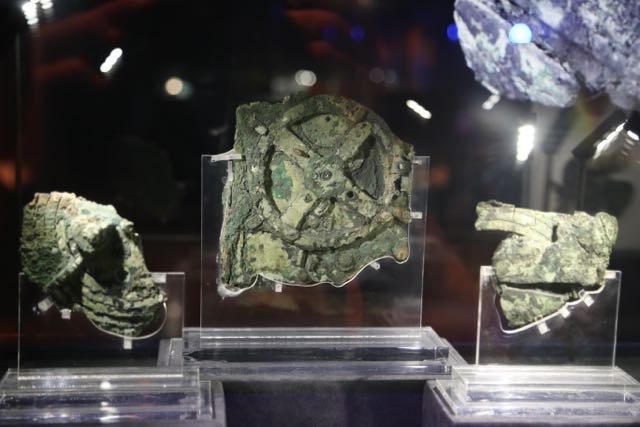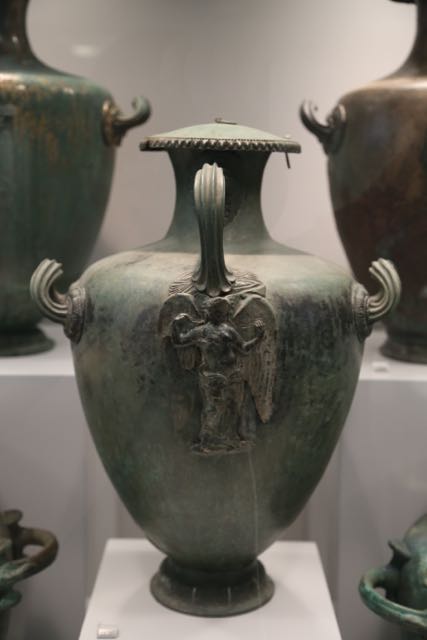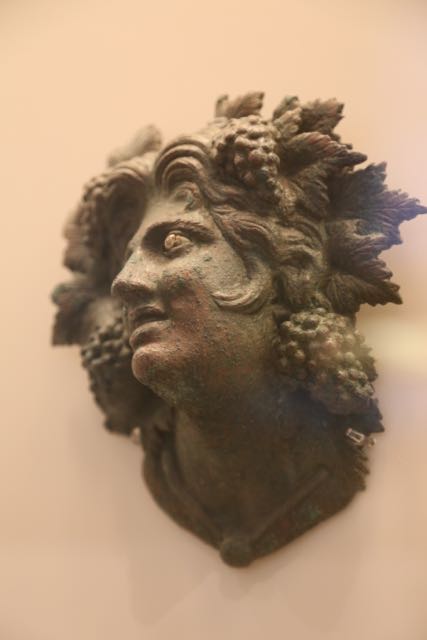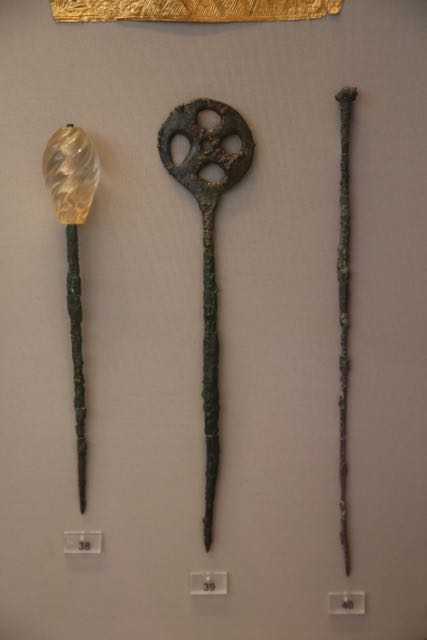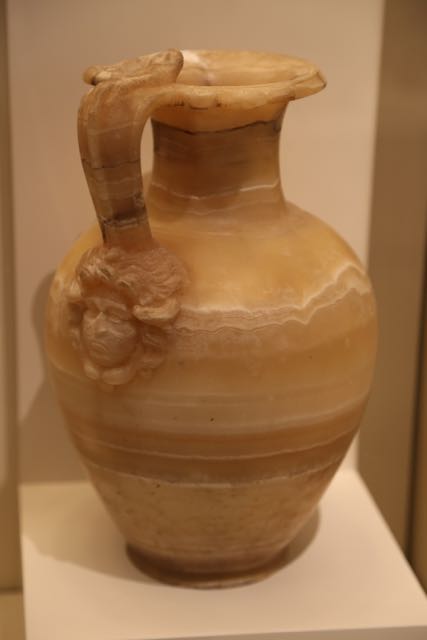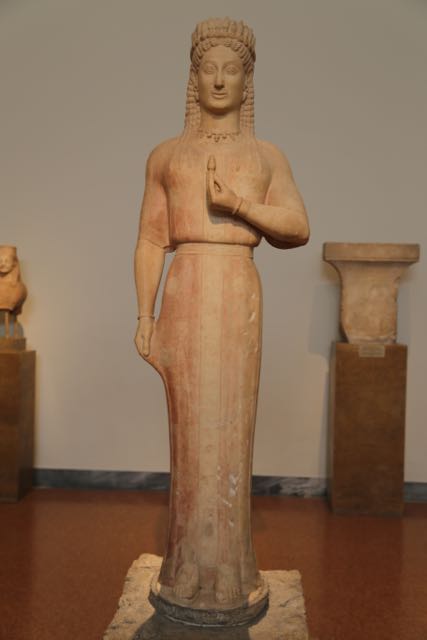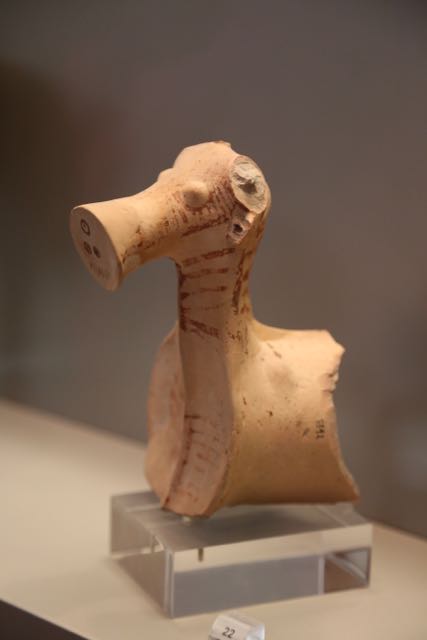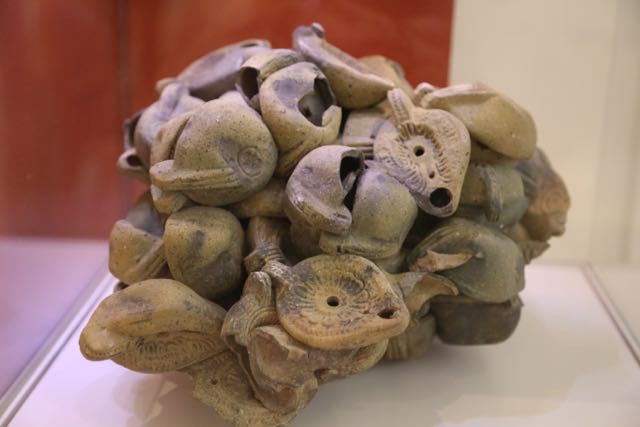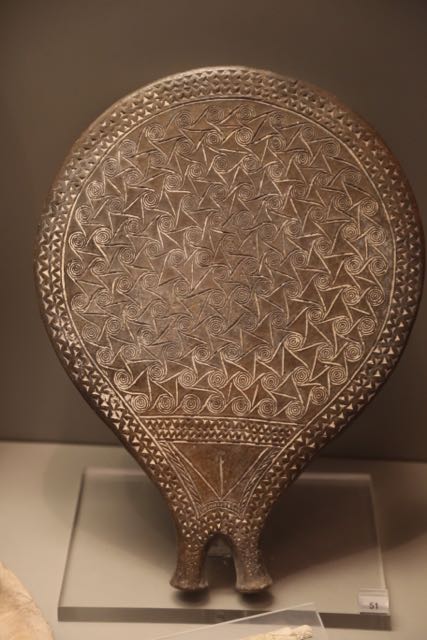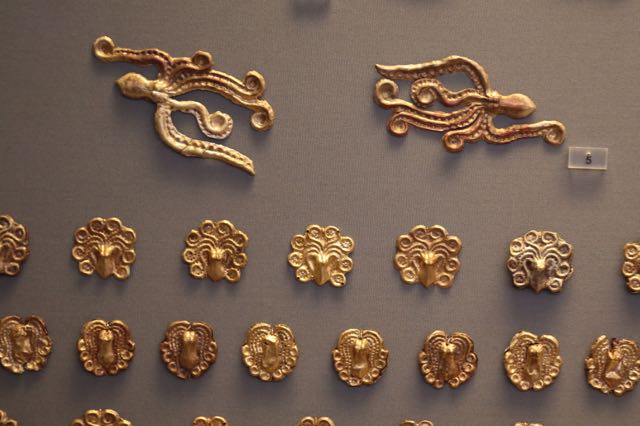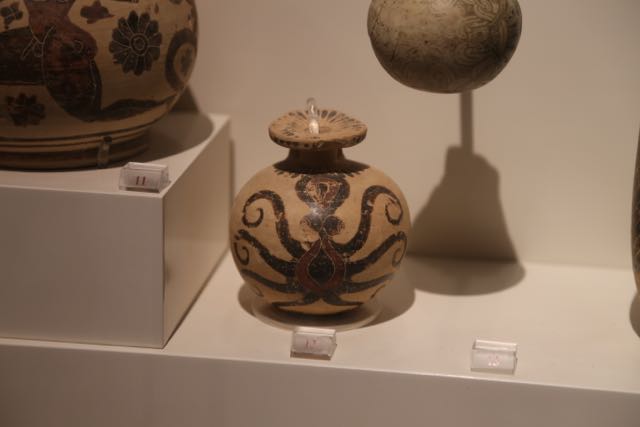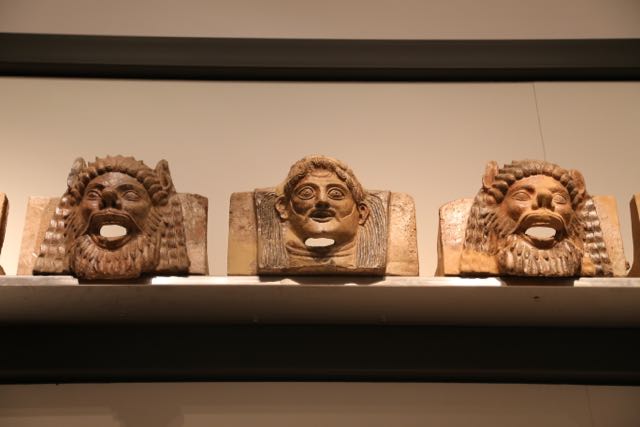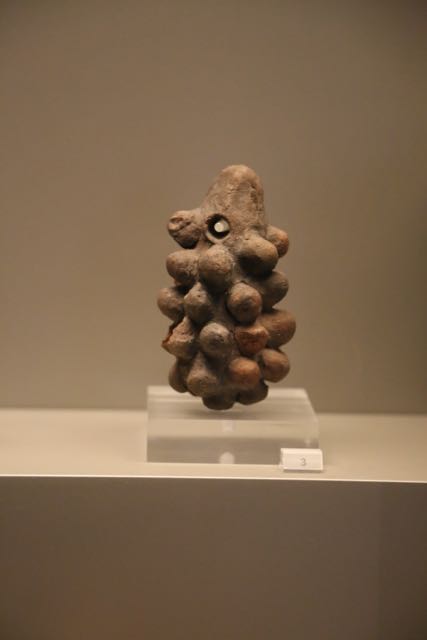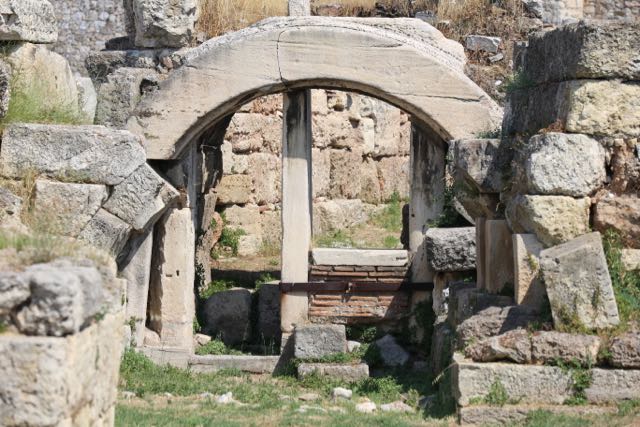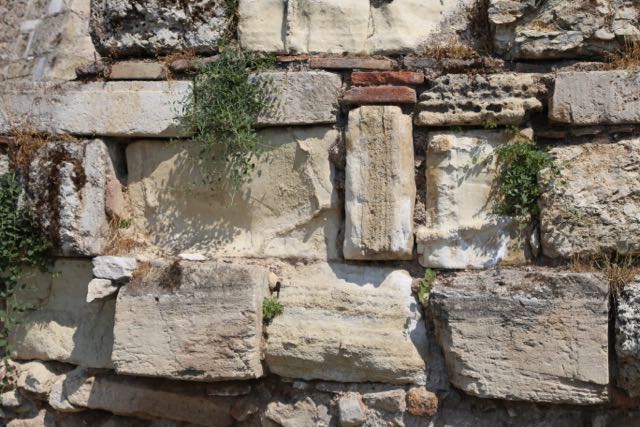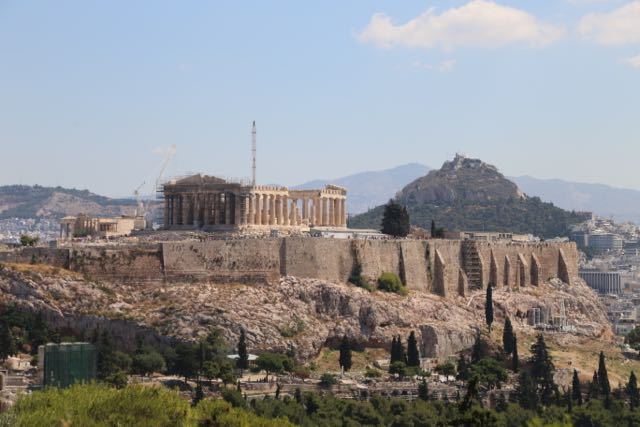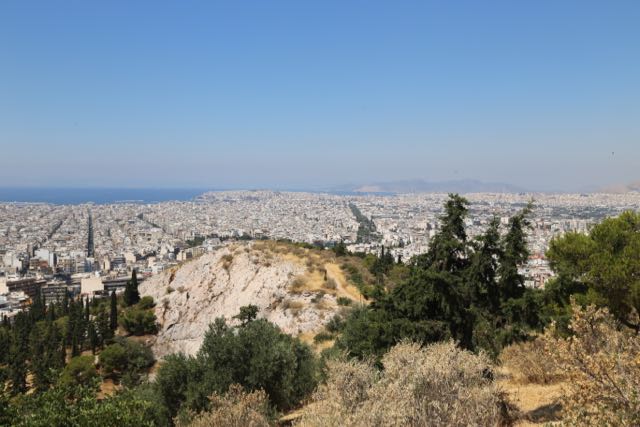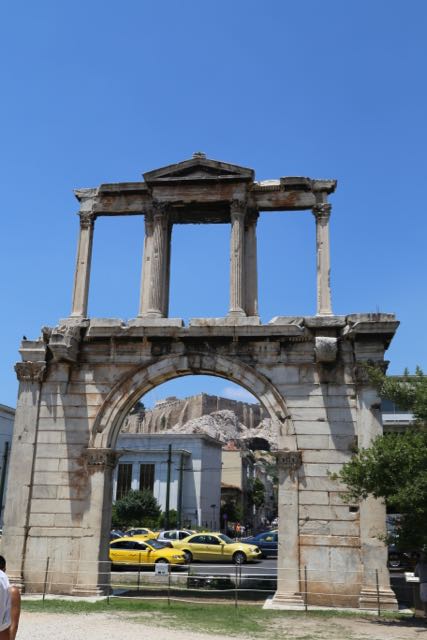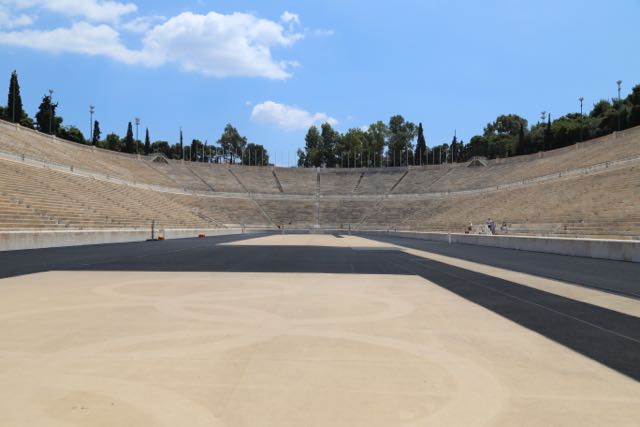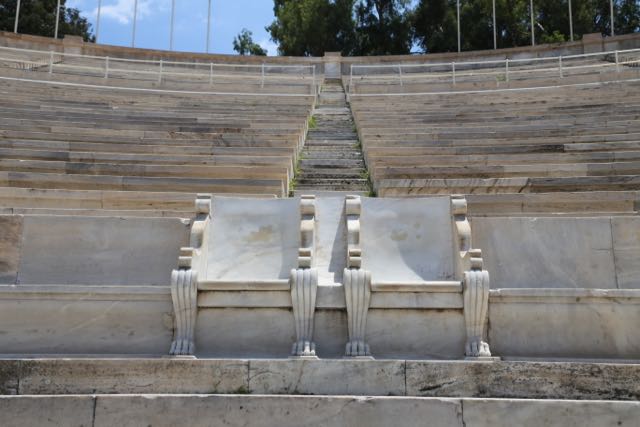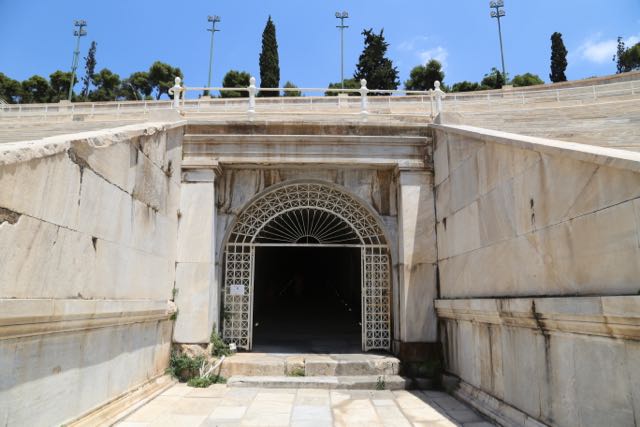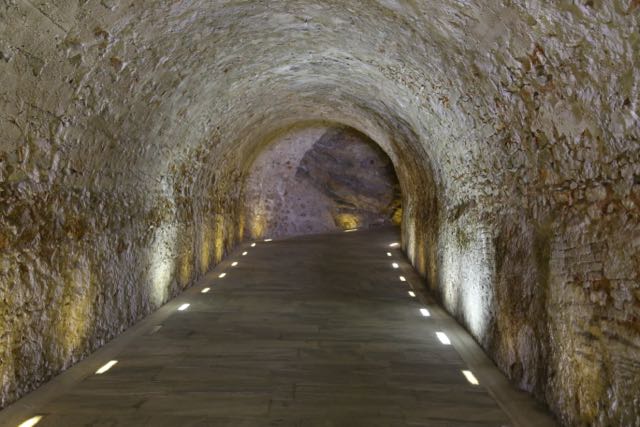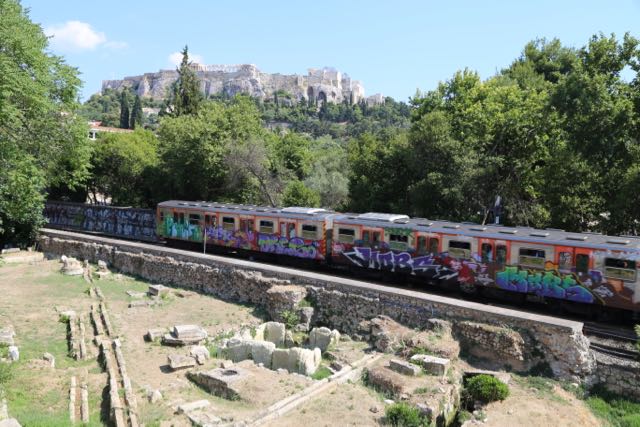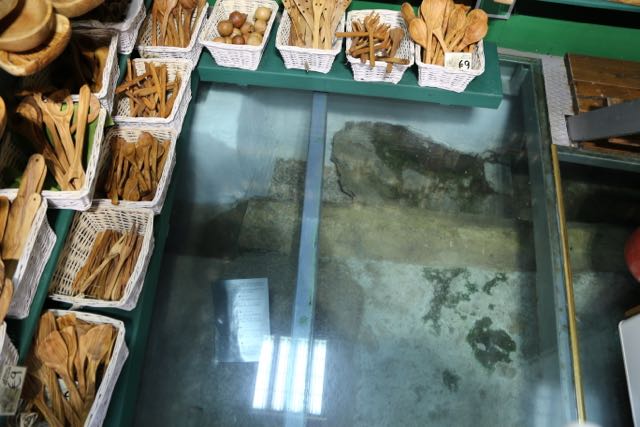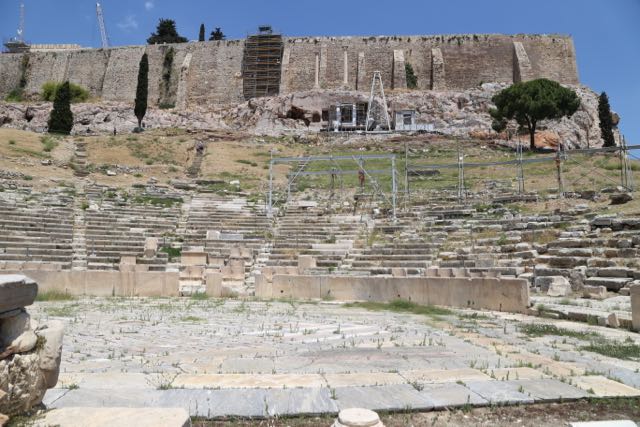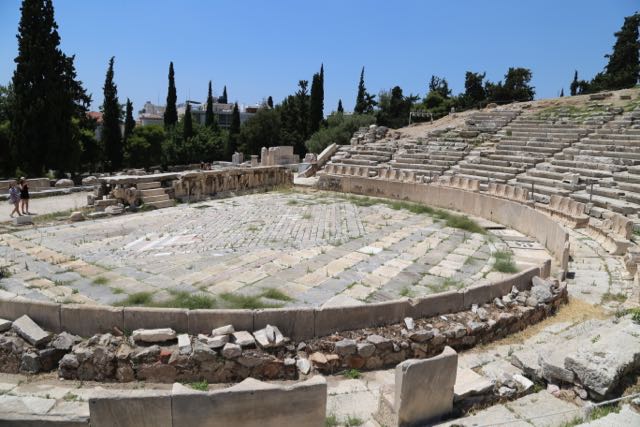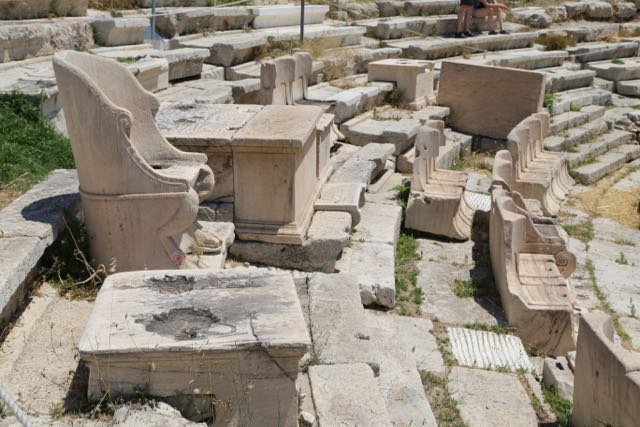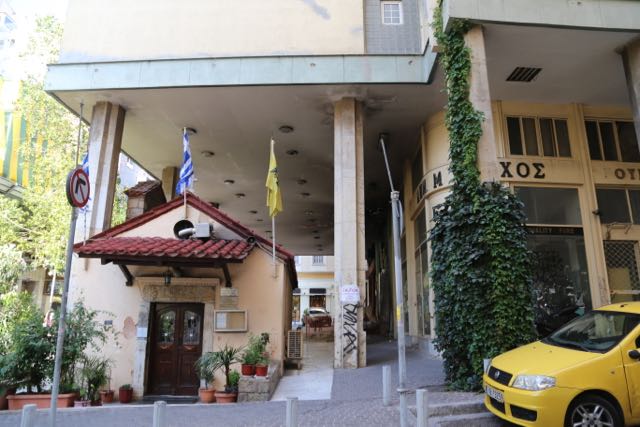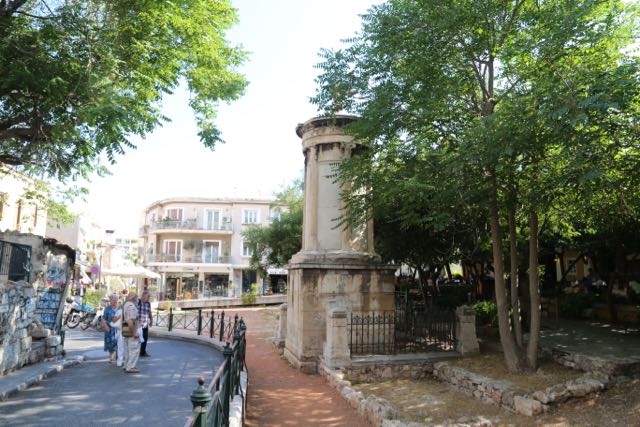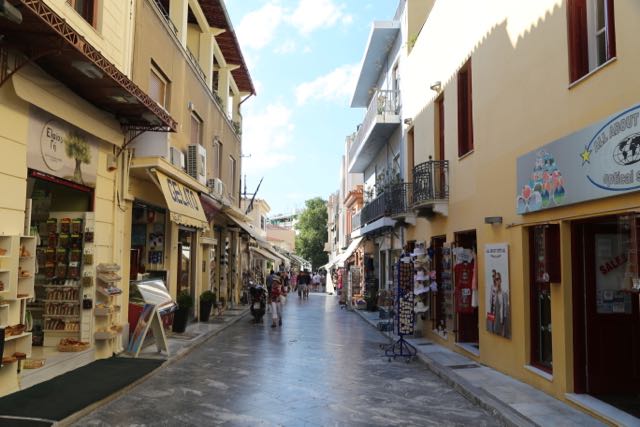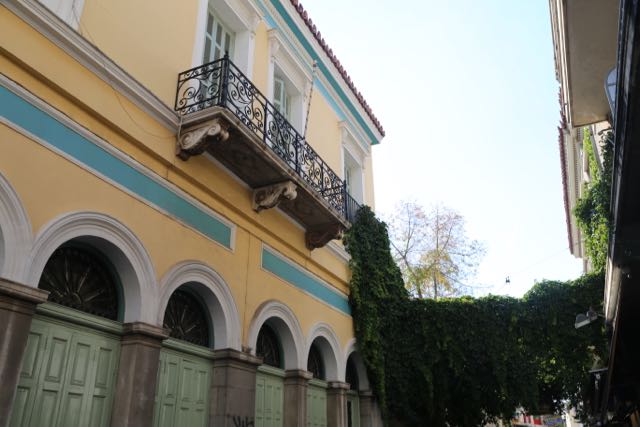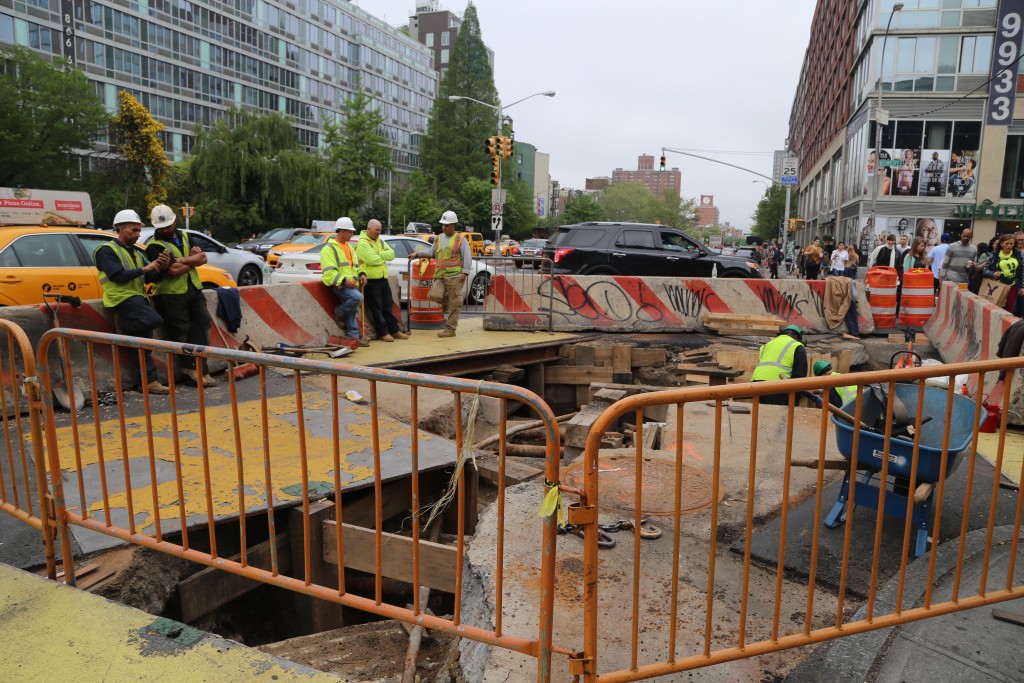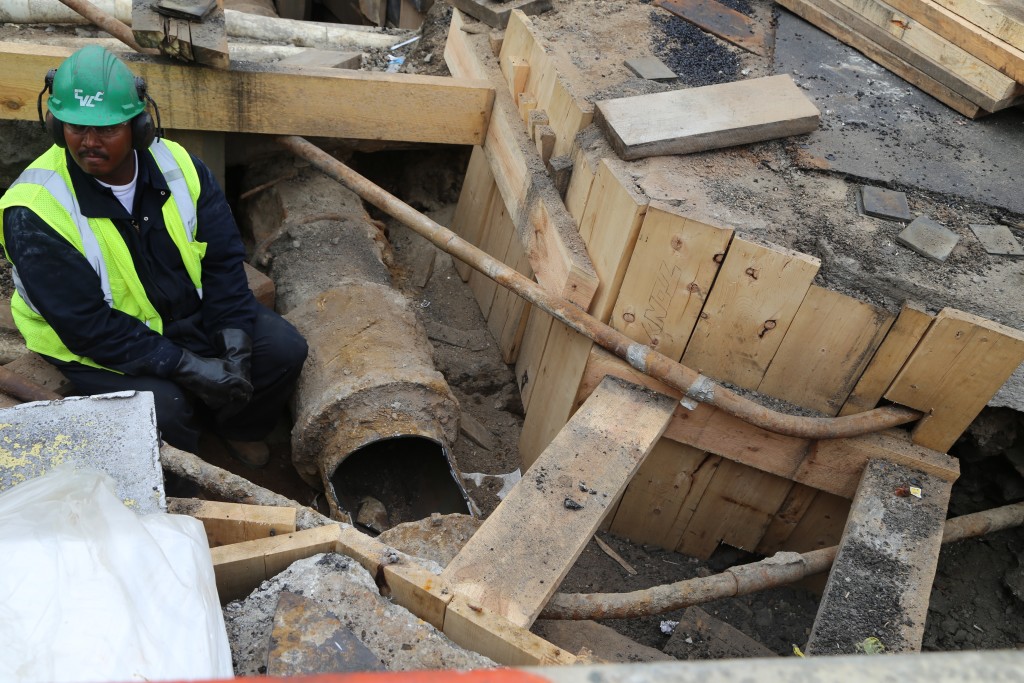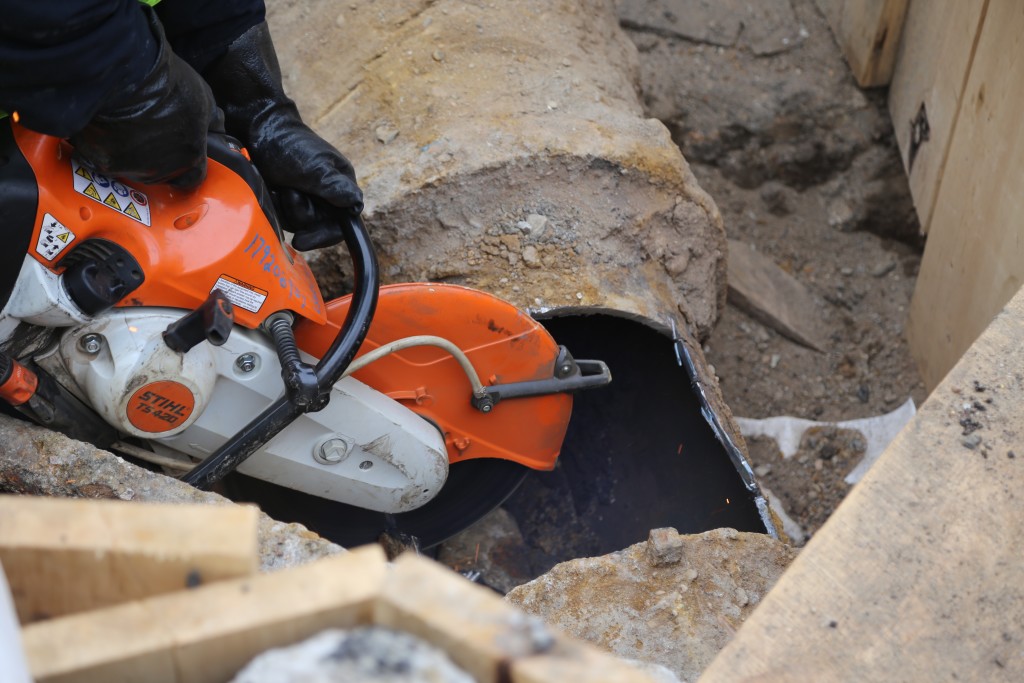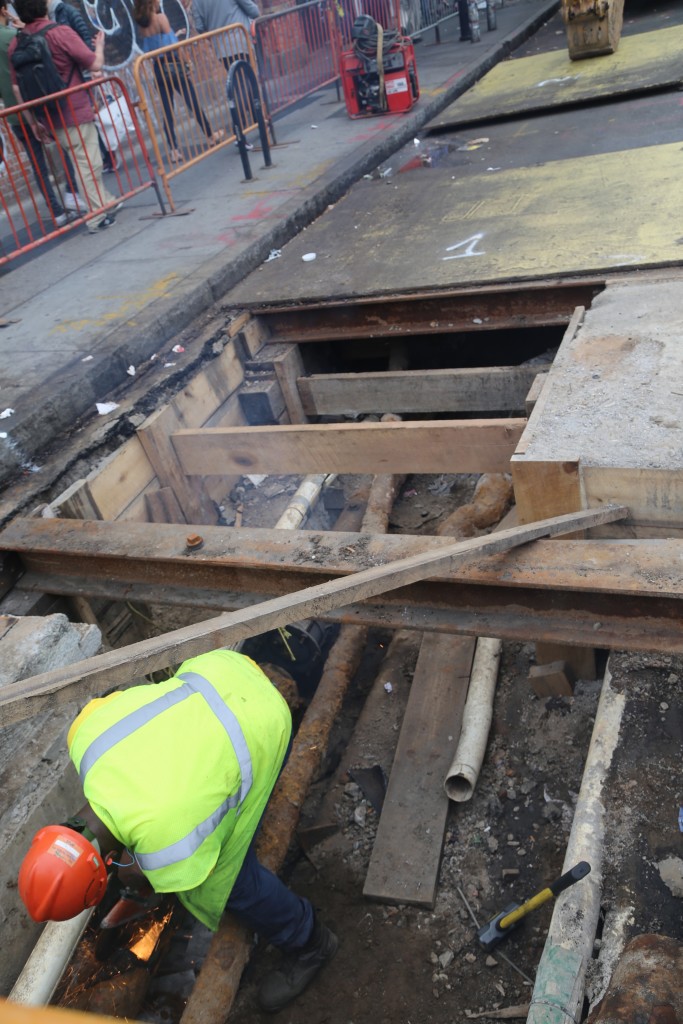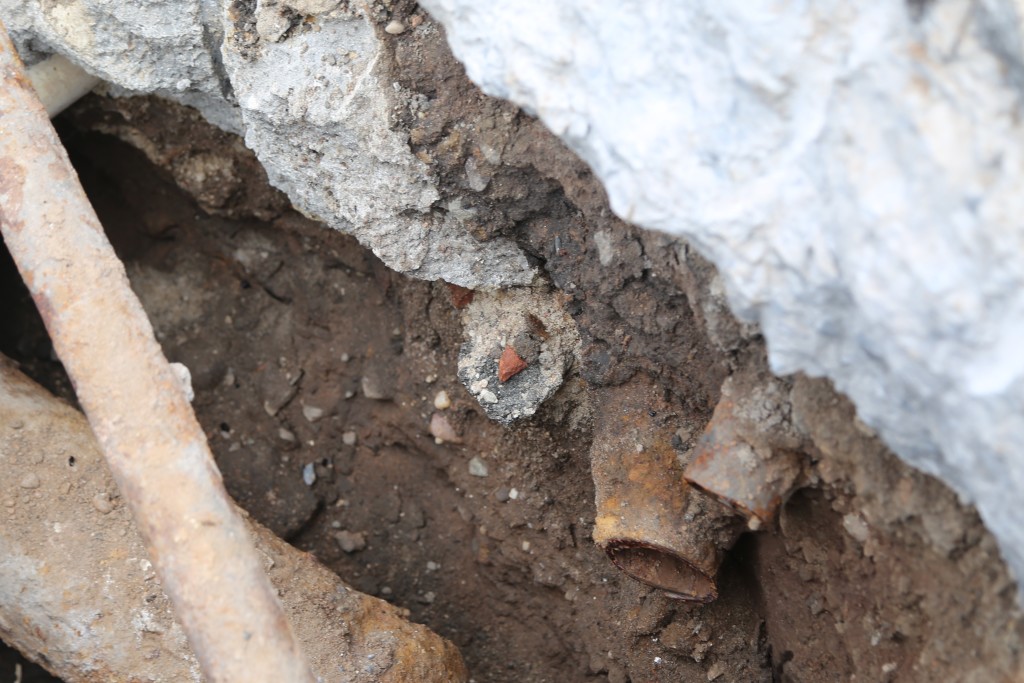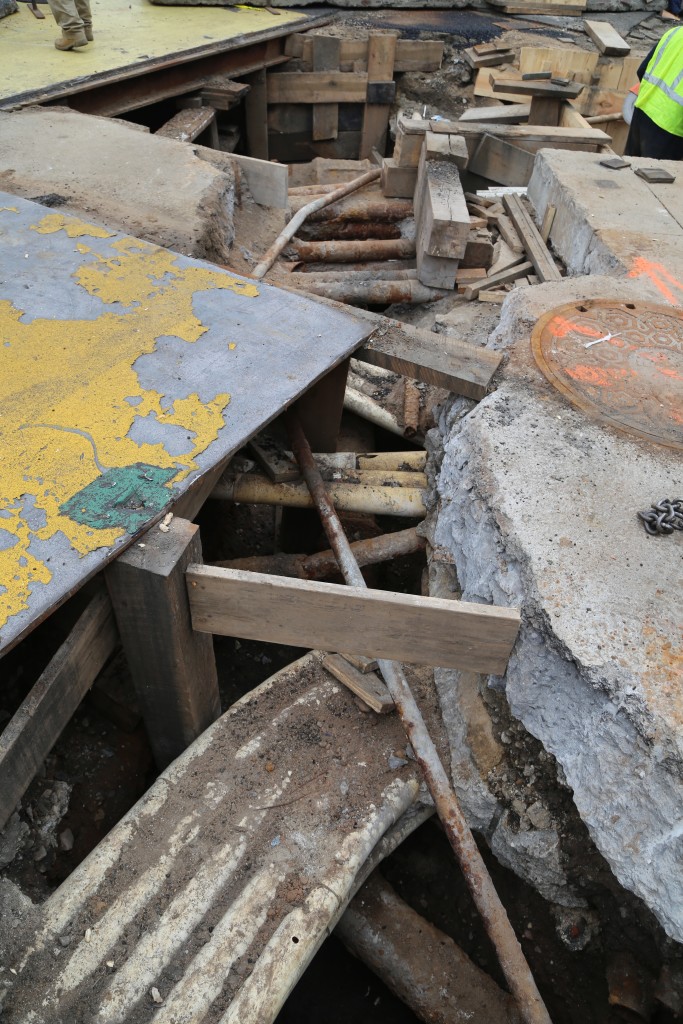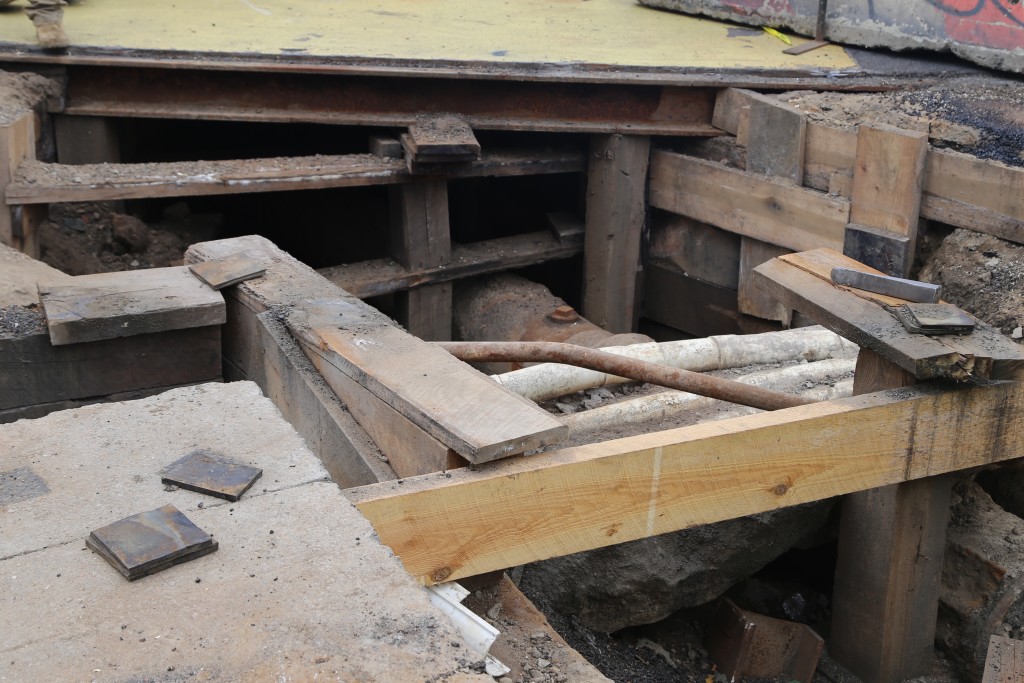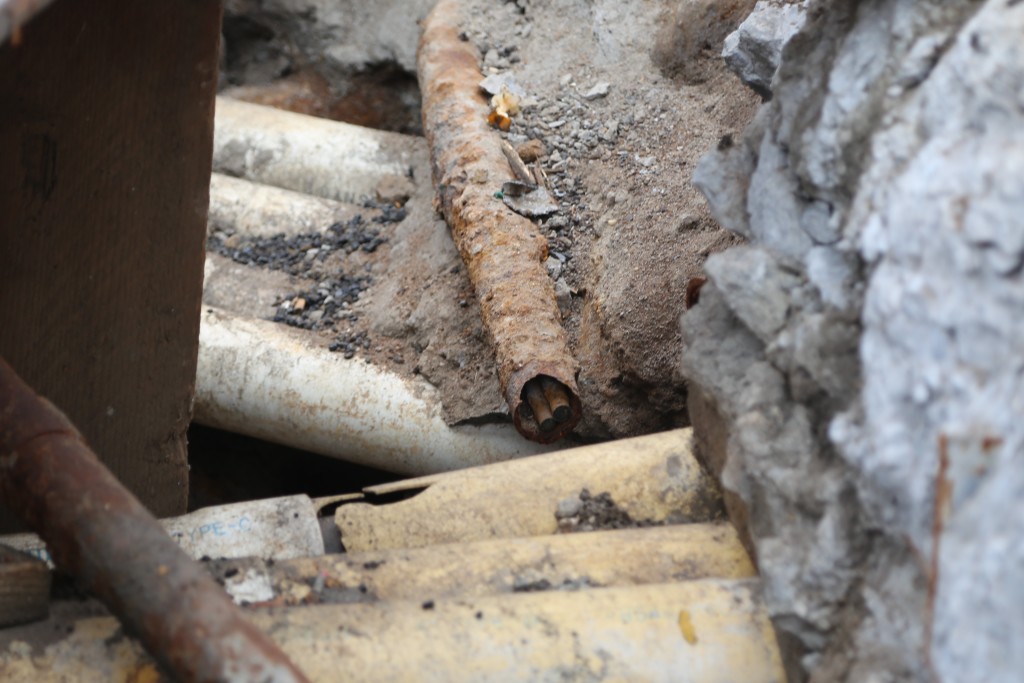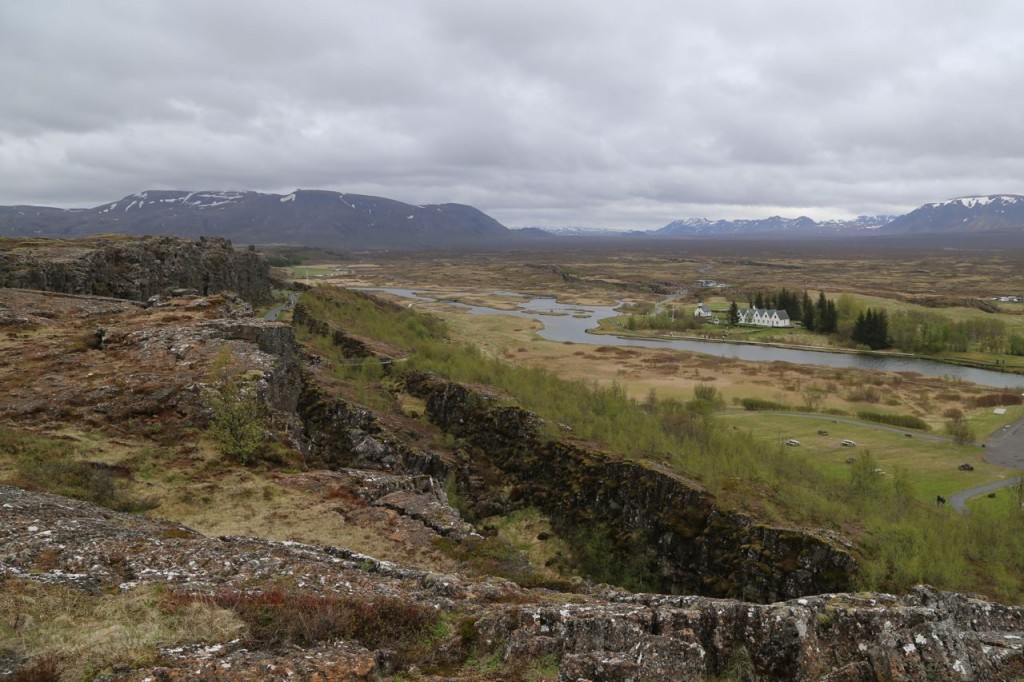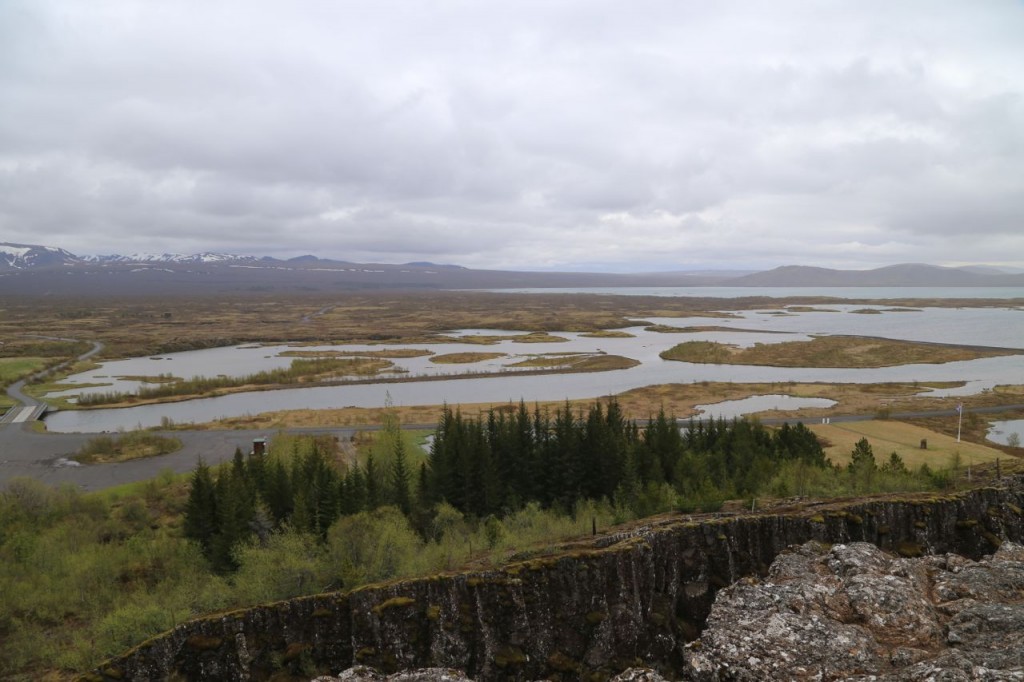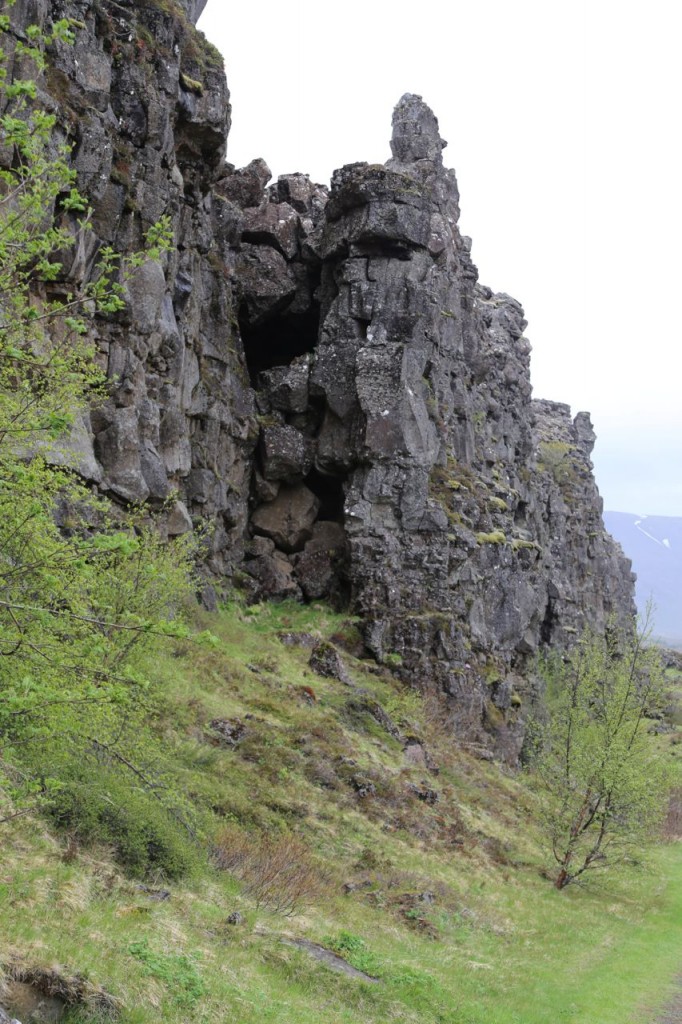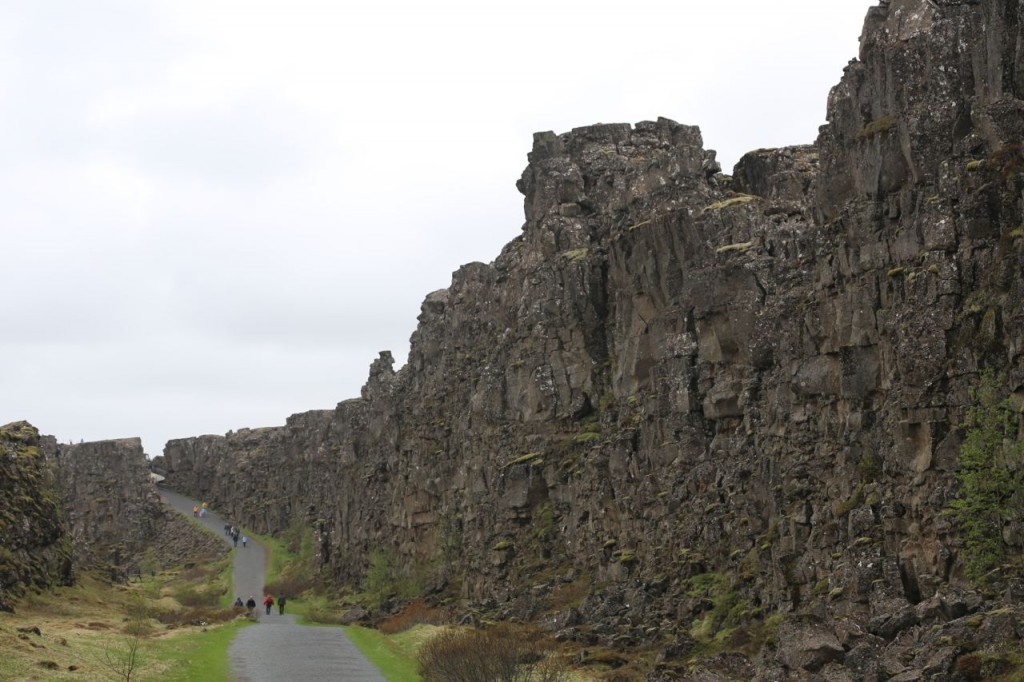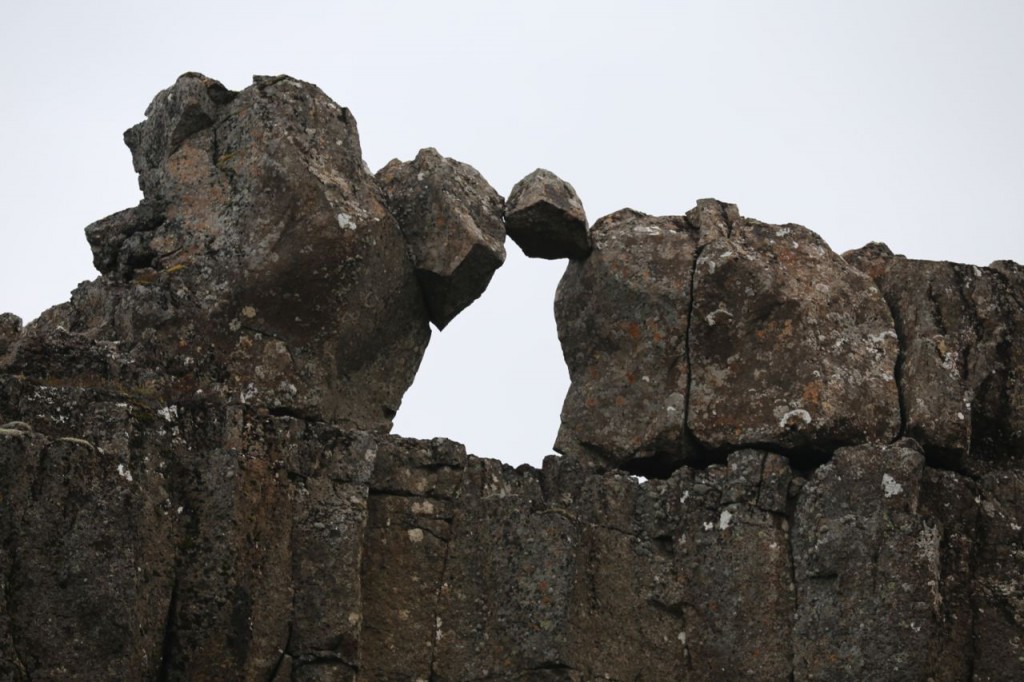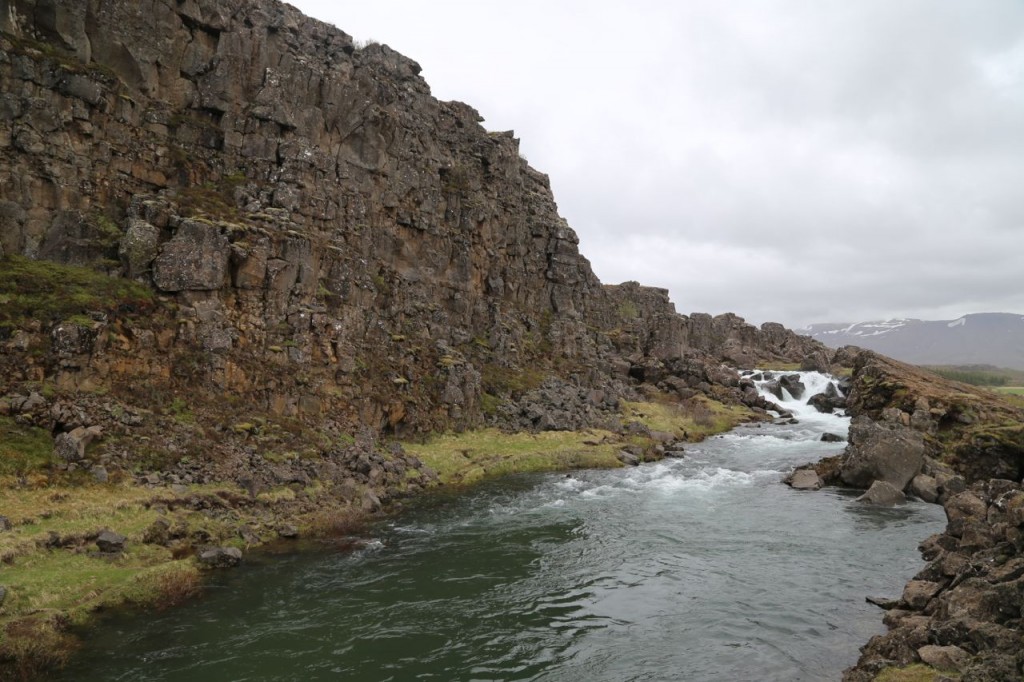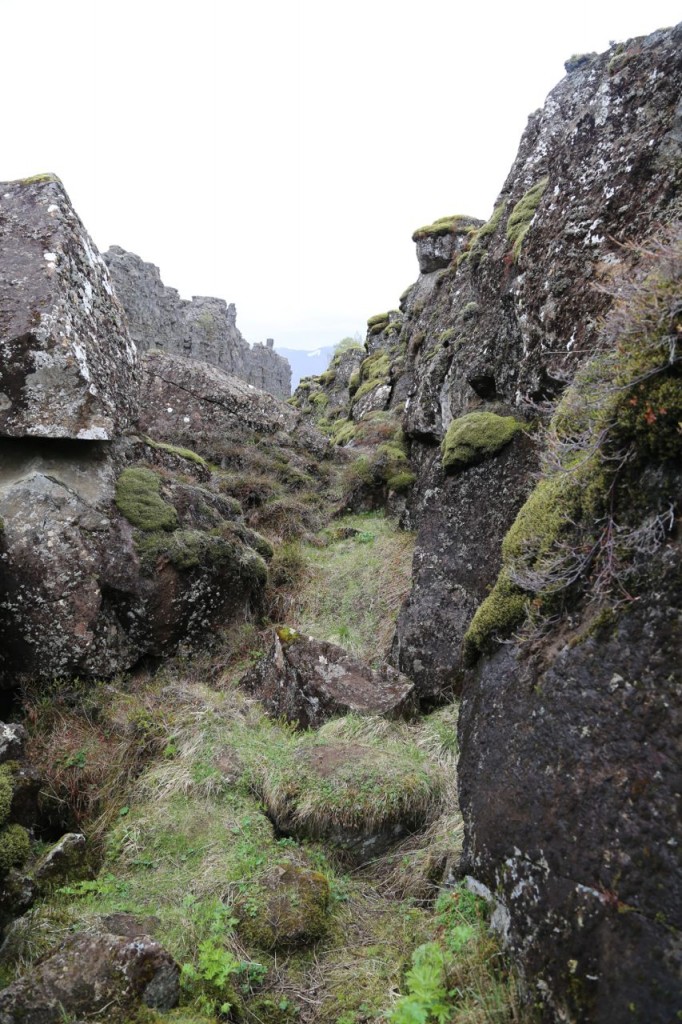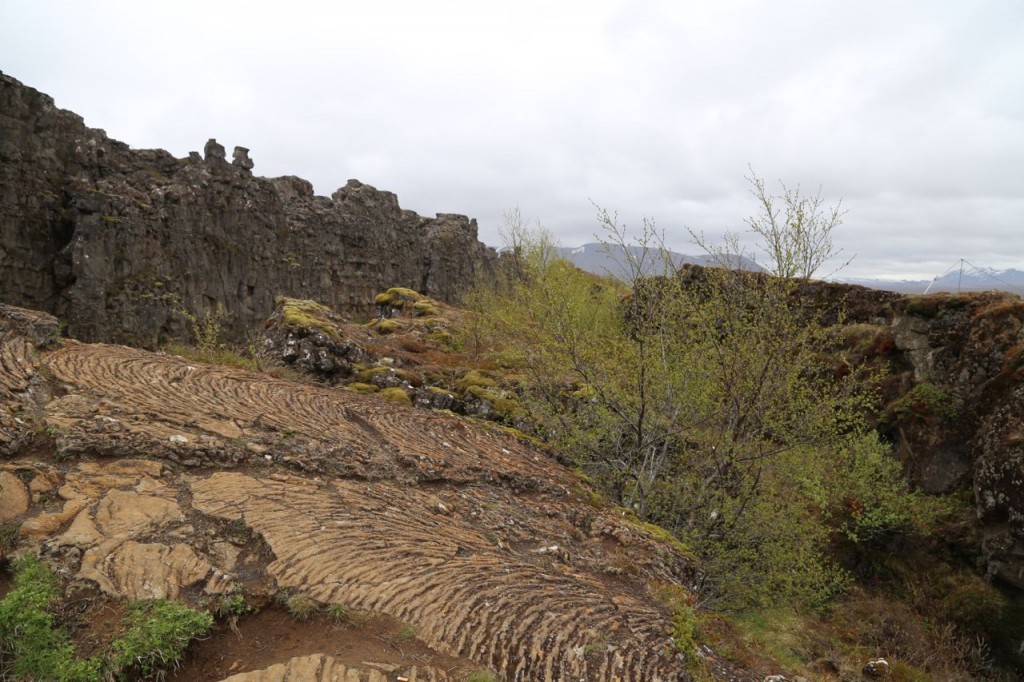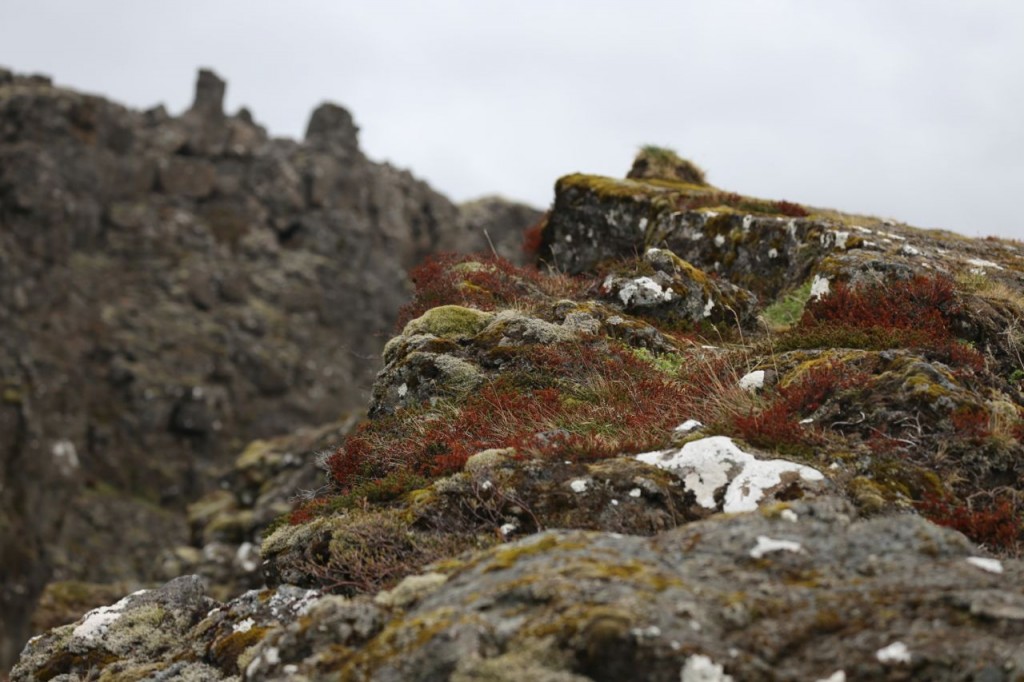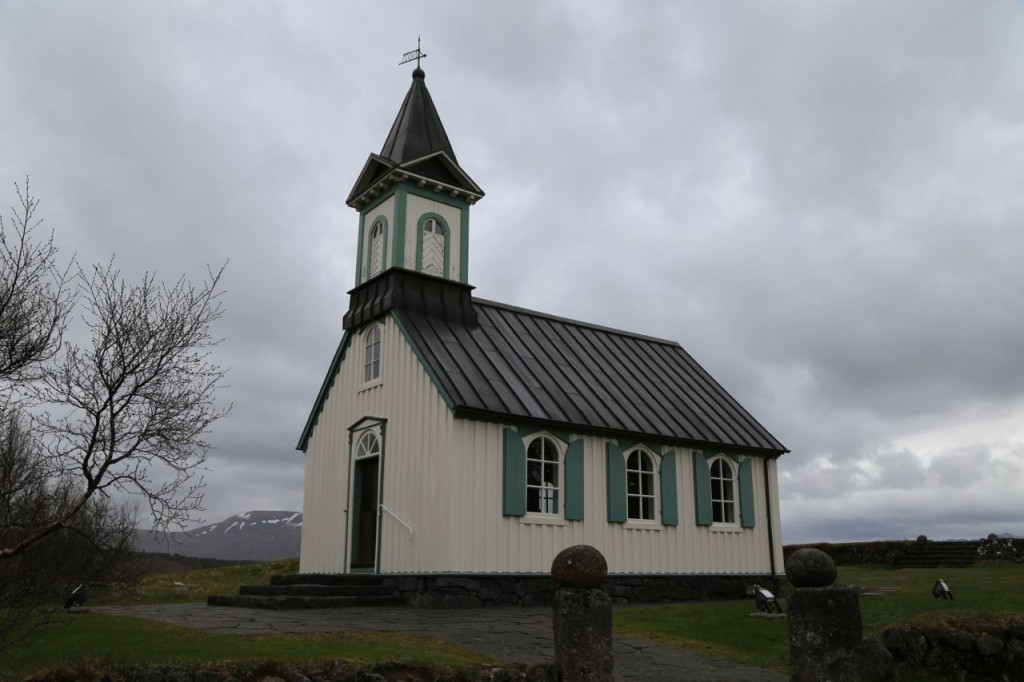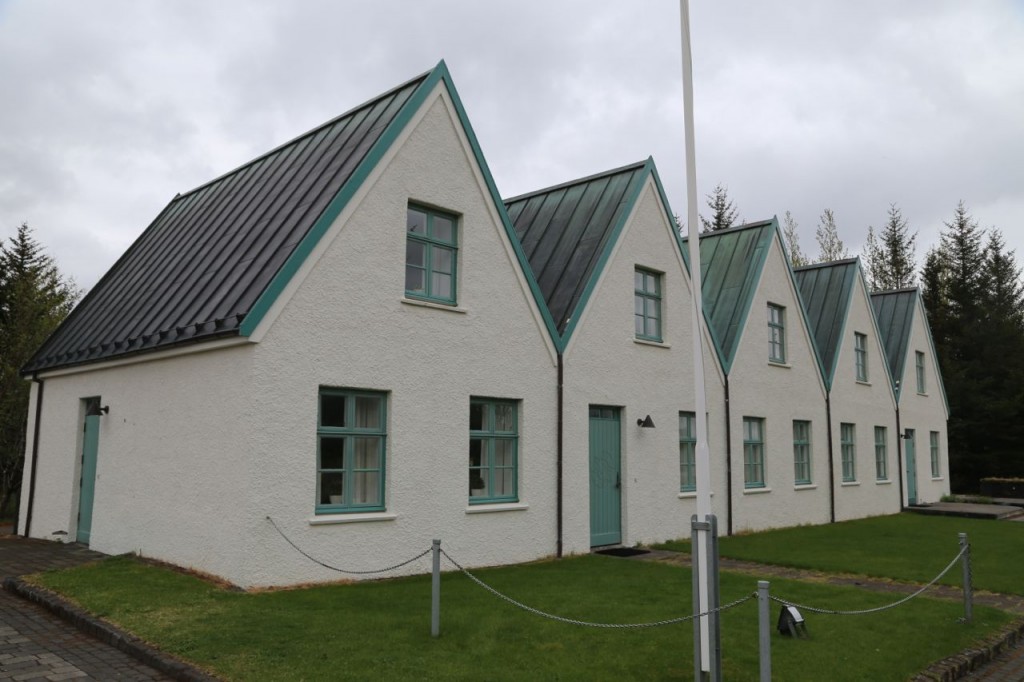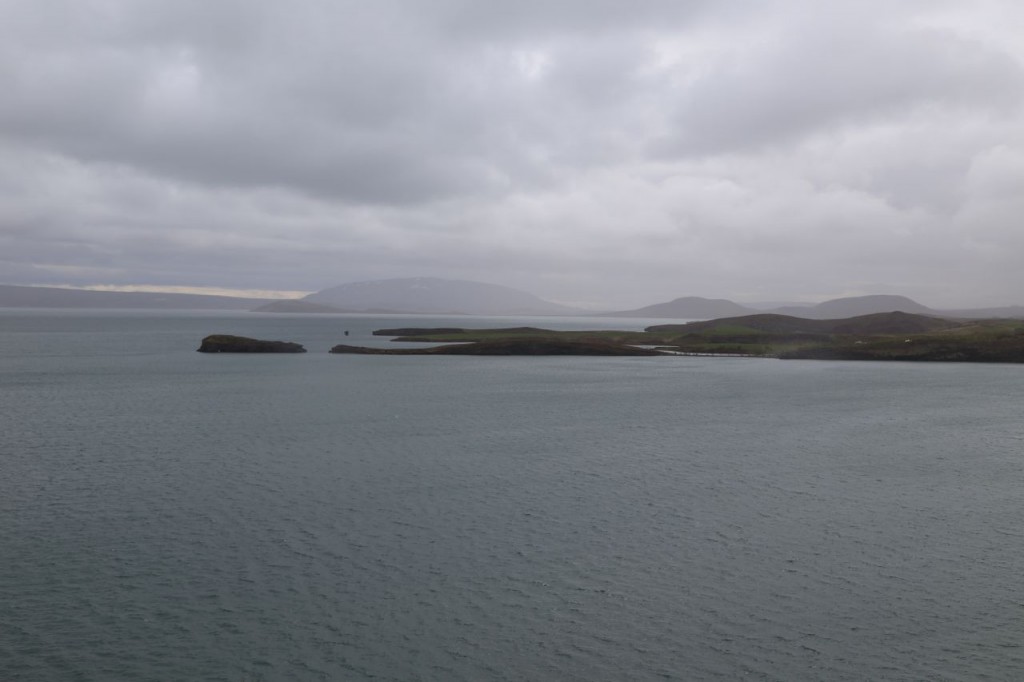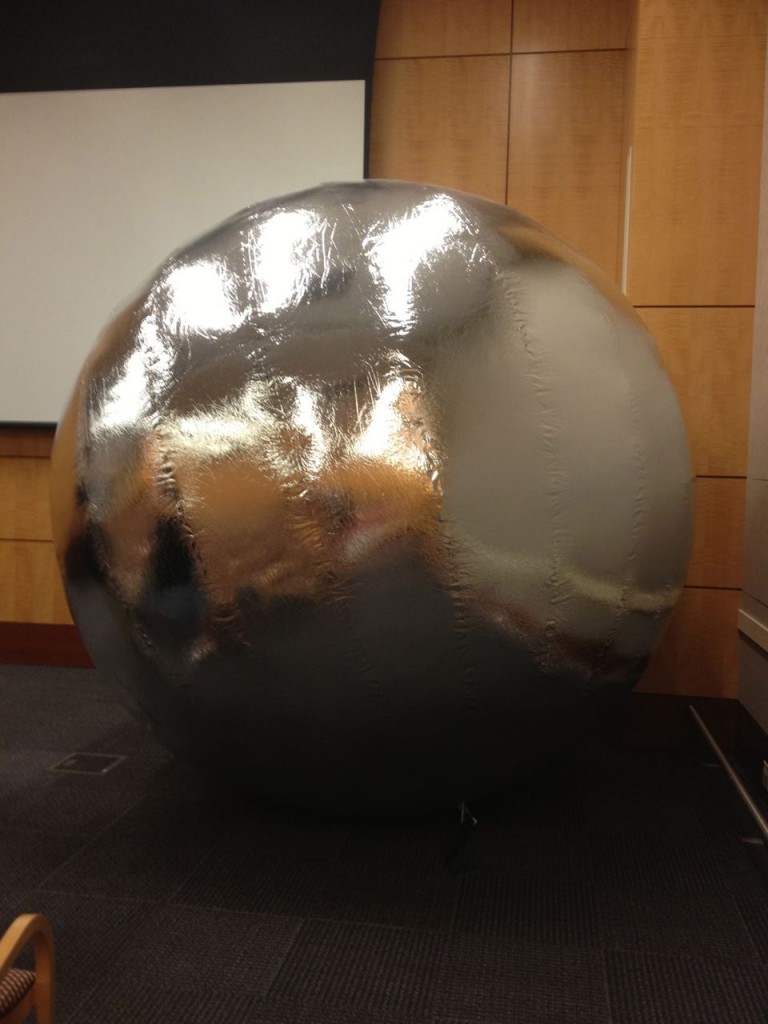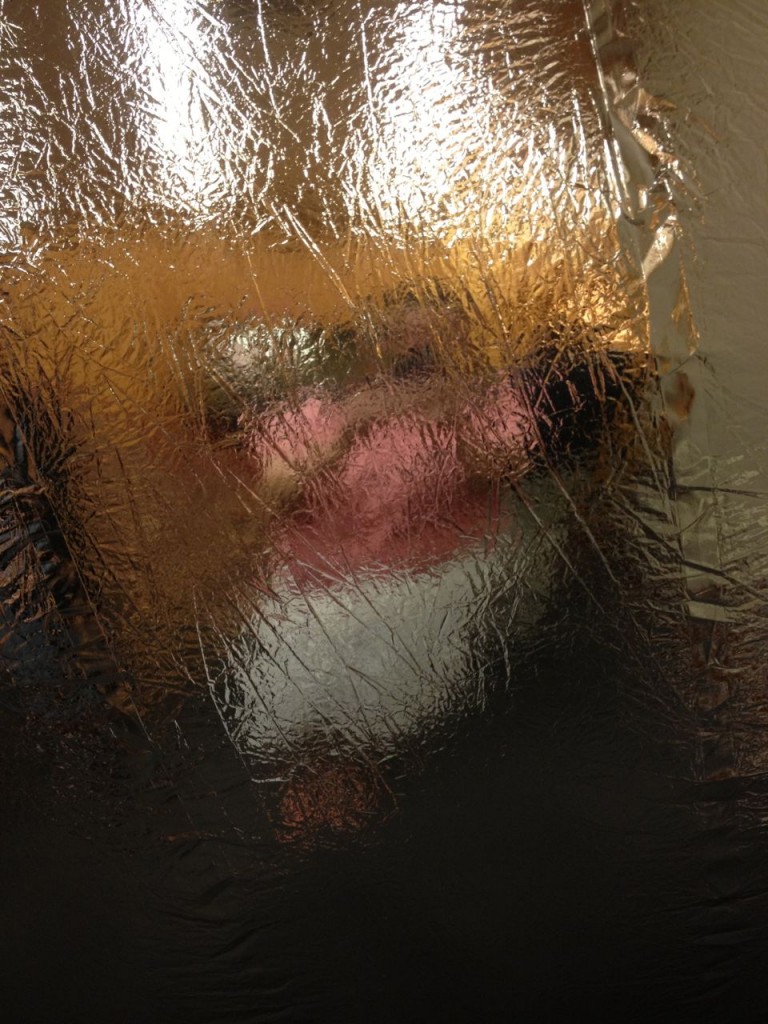I spent the majority of the day at the National Archaeological Museum, which has an amazing collection of artifacts. Being a nerd, the highlight for me was the Antikythera Mechanism. However the stone, pottery, glass, and metal artifacts were amazing too. I could have spent more time there, but there are only so many vases and sculptures I can look at in one time period.
A few photos of some of my favorite things in the museum, starting of course with the Antikythera Mechanism. After seeing it, I am very impressed with whoever made it and also with the modern scientists that have been able to understand what it did, at least on some level.
There were lots of metal sculptures and other items.
There was also amazing carved stone items.
The below was labeled as a bull figure. I think it looks like a cross between a seahorse and real horse.
Below may be one of my favorite pieces. Take heart all artists and craft people, especially if you are like me and go through many trials before getting something right, some day your failed pieces may end up in a museum!
This frying pan was labeled as something that would buried with someone. I would rather not be buried with a frying pan, no matter how pretty.
They were very big on the octopus in metal pieces and painted on pottery. I love cephalopods, so I thought this was really neat.
The roof spouts cracked me up.
This piece was labeled as “clay artifact in the form of bunch of breasts or multi-cluster fruit. Probably symbol of fertility.” When I first saw this, I thought it was supposed to be a bunch of grapes or perhaps a pine cone. No where in my guesses was bunch of breasts. I don’t know if that says more about my ignorance of artifacts, my imagination, or perhaps the thought process of the archaeologists studying this, whom I am going to go out on a limb and guess are mostly men.
Afterwards, I went to the Archaelogical site of Keramikos to view yet more ruins. This was a nice site because it was not jammed packed with people, and I could just wander around the ruins or really all the walls.

